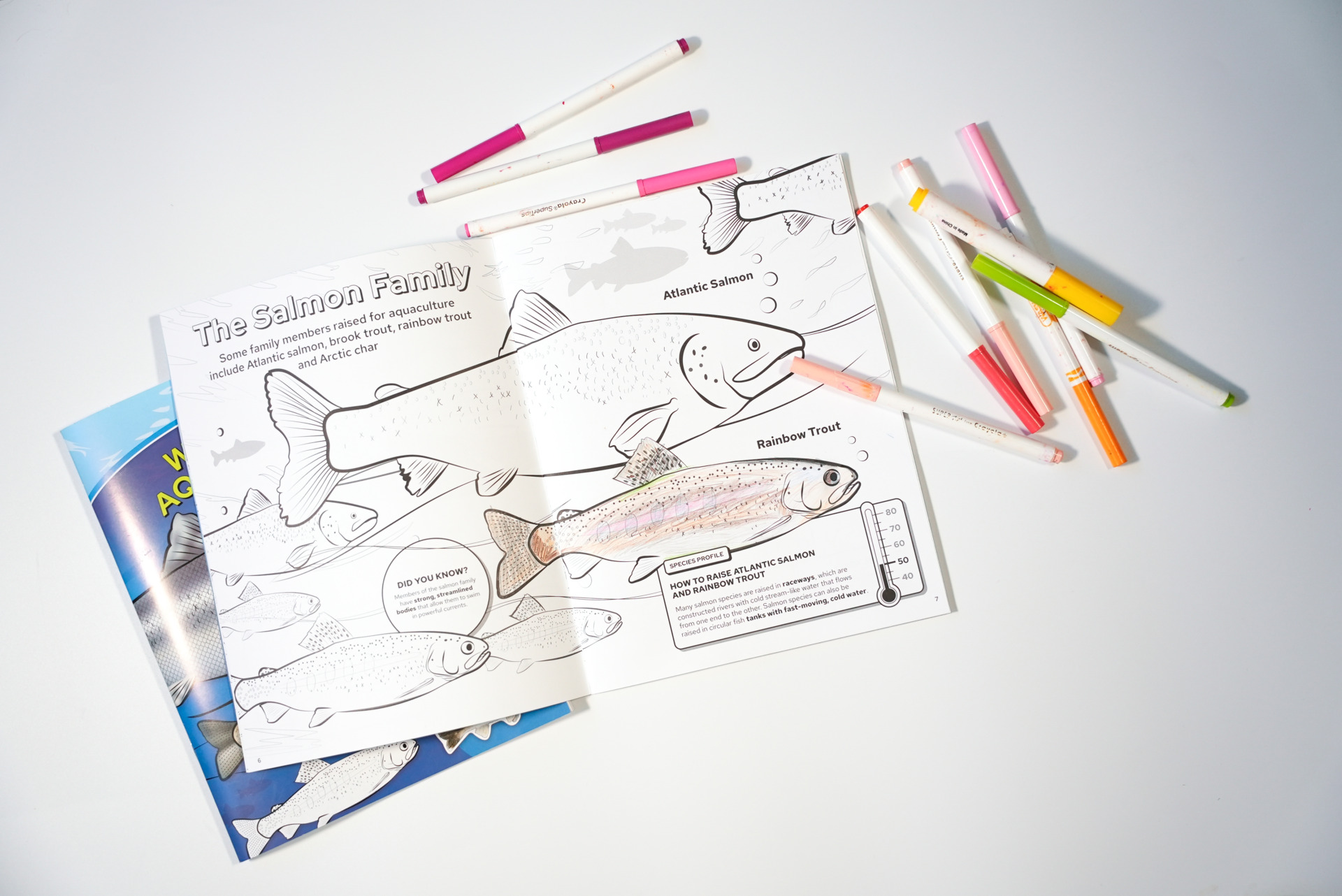By Tim Campbell
I spent a summer working as a fisheries technician on the Mississippi River and spent a lot of time thinking about what could have been. These thoughts especially came to mind when we sampled near the town of Rock Rapids. Today, a person would have no idea why Rock Rapids was named Rock Rapids; the town is located on a long, straight section of river that moves at the same lazy speed as every other part of the river. Before the channelization of the river, though, this section of the mighty Mississippi was as the name implied — a rocky rapids. It was part of the many diverse habitats that made the Mississippi River such an interesting place, both physically and biologically. When I was on the river I enjoyed imagining all the different habitats the river comprised: rocky rapids, swift runs, lazy pools, backwater marshes and braided channels that created a multitude of islands. These different habitats allowed for a great abundance of prehistoric sturgeon and paddlefish, expansive beds of native mussels and myriad other organisms. I found the idea of it all to be seriously impressive.
Of course, the rocky rapids I alluded to earlier were also a danger to all who tried to navigate the river. We created the lock and dam system to make the river navigable for the barges that transported our goods throughout the river system. These locks and dams fundamentally changed the physical habitat of the river and made it more suitable for some species, including many of the non-native species that are established in the river today. These changes, in part, have created what some call a new geological epoch — the Homogecene, the human domination and alteration of Earth’s ecosystems. Habitat alteration combined with biological additions and losses have changed ecosystems in such ways that even “pristine” habitats probably do not look like they did 300 years ago.
That’s the nature of restoration ecology—the attempt to reverse changes and restore ecosystems back to a predetermined date or functionality. Most often the goal is to restore an ecosystem to the way it was functioning prior to European settlement. While this is a noble goal, it might not be feasible to restore things to a “pre-European” state. Physical changes can almost always be made, providing the funds are available, but the problem lies in the biological additions and losses. We cannot bring back extinct species, and reintroducing extirpated species often is complicated by the biological additions–the invasive species of the world. Even if we could take out the locks and dams along the upper Mississippi River, the establishment of zebra mussels and bighead, silver, and common carp would make the restoration of many of the native species incredibly difficult. Their high abundances and our inability to control their populations would likely prove to be too difficult for the native community to survive. While the functioning of the native community could improve, it would probably not be anywhere near where it was 300 years ago.
In the Great Lakes region, the invasive species story sounds a bit like a broken record. With more than 180 established non-native species, there are plenty of new organisms that are complicating the restoration of our native species. While the lake trout can be considered a restoration success, lake trout populations are definitely not what they were and invasive species play a big part in that.
Sea lamprey were part of the reason why lake trout populations crashed in the 1950s, and are still part of the reason for their slow recovery. Perhaps a bigger problem is the round goby. Studies have shown that the round goby is very effective at finding and consuming lake trout eggs, which reduces the number of hatchlings entering the population.
Additionally, the non-native alewife will selectively consume newly hatched lake trout. While alewife is a food source for adult lake trout, alewives contain a chemical that creates a vitamin deficiency in the lake trout, causing lower survival rates of newly hatched fish. The alewife creates a double-edged sword for the recovery of the lake trout in the Great Lakes region; it provides an abundant food source for lake trout, but one that creates issues in fish recruitment. A large amount of resources and effort have been used in an attempt to overcome the problems caused by these invasive species to restore lake trout populations – and a similar effort could be needed for the restoration of additional species.
The fairly bleak picture of restoration efforts across the Great Lakes region I’ve just painted isn’t entirely accurate. Some efforts have been successful: In 1969, the Cuyahoga River, a tributary of Lake Erie, caught fire due to pollution. While not without its ecological problems, Lake Erie and its tributaries are nowhere near catching fire today. Many coastal wetlands across the regions have had their physical structure and plant communities restored so that they now buffer the Great Lakes from nutrient and chemical inputs, and provide valuable nursery habitat for young fish. Another example of restoration success is the Lake Erie watersnake. Once on the endangered species list, this watersnake was delisted this summer. Interestingly, it was delisted largely because of its ability to utilize the round goby as a food source.
Even the best laid plans, however, may have some undesirable impacts. In the case of dam removals, a common form of stream restoration, the dam itself protects upstream reaches from the various invasive species that reside downstream. In the Great Lakes region, the connection of the downstream and upstream reaches would provide improved fish passage and spawning habitat, but with the good comes the bad. Any natural reproduction of potamodromous fish (fishes that spawn in rivers) could be cancelled out by egg predation by round gobies.
Or the stream could become suitable spawning habitat for silver and bighead carp, if they become established in Great Lakes. In many instances, it seems that it would be risky to expose quality habitat to the risks of the downstream reaches. Even if there are no invasive species just downstream, most of these species beat long odds to get here and get established in the first place. I, for one, am not so sure I want to give these organisms another chance to wreak havoc on otherwise ecosystems.
It is easy to get swept up in the idealism that ecological restoration carries with it. While it is possible to restore species populations and ecosystem function to past levels, invasive species have made this goal more difficult to achieve. This should make resource managers think more seriously about whether or not the benefits of restoration are outweighed by the additional impacts of invasive species. It should also make managers contemplate whether managing for alternative communities will be more beneficial economically and ecologically. This is yet another reminder of the widespread effects of invasive species and of the altered world that we live in today. Invasive species can still find a way to complicate projects that start with the best plans and intentions. If invasive species are making it more difficult to get back what we once had, it goes to show that it is as important as ever to protect and enjoy what we do have. Even if it isn’t perfect.





